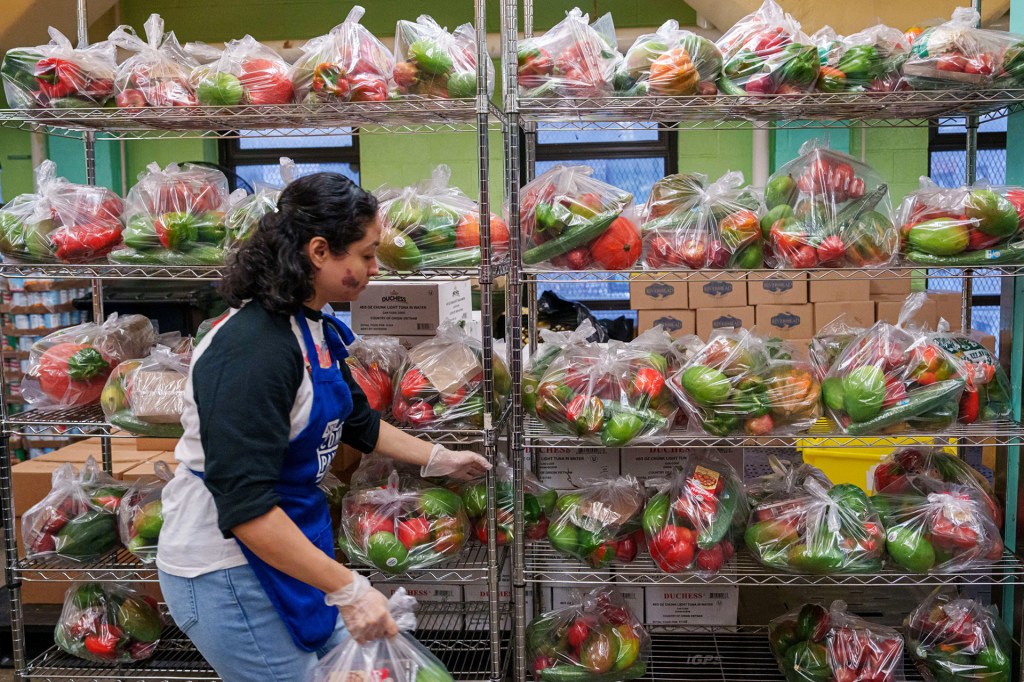Crowd Control
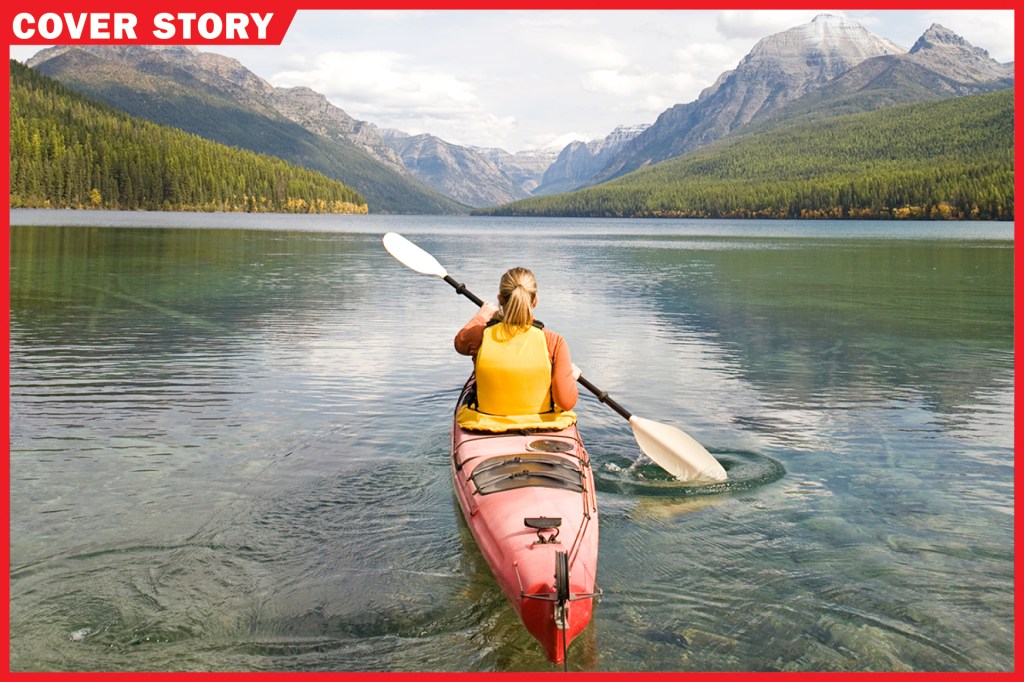
Hugh Kim, of New York City, started planning his family’s summer vacation in March. One destination topped the list: Glacier National Park, in Montana.
Kim reserved tickets online. He had to do it quickly. “There were around 4,000 tickets available each day,” he told former TFK Kid Reporter Jeremy Liew at the park in July. “But they’d be gone within five minutes.” Without a ticket, visitors faced long lines and could enter some parts of the park only after 5 p.m.
Glacier is one of several United States national parks that used a ticketing system in the spring and summer. The purpose: crowd control. This year, many parks have seen a record number of visitors. In April, about 194,000 people visited Arches National Park, in Utah. That’s a 15% increase from April 2019. Canyonlands National Park, also in Utah, saw a 30% increase.
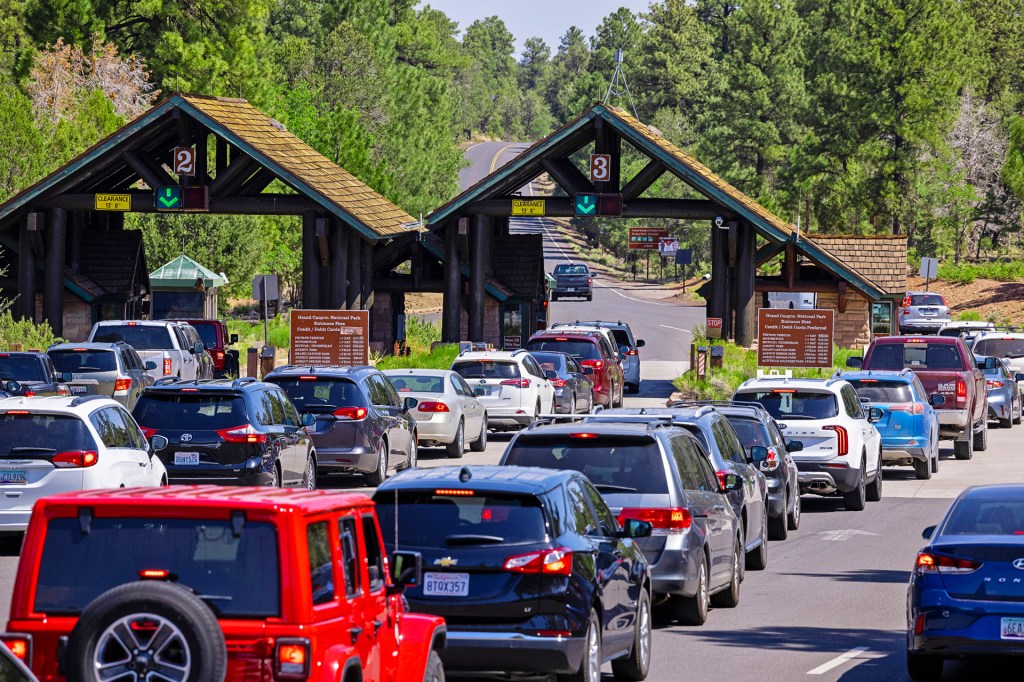
BACKED UP Cars line up at the South Rim entrance of Grand Canyon National Park, in Arizona, in July.
JOHN BURCHAM—THE NEW YORK TIMES/REDUXMore tourism is good for businesses in towns near the parks. But the National Park Service (NPS) says unusually large crowds are making it difficult to manage visitors. Many are wandering off trails and disturbing wildlife. The agency’s mission is to protect America’s natural wonders so people can enjoy them today and in the future. Crowds are making that job more challenging—and more important—than ever.
Park Problems
The coronavirus pandemic may be the reason for America’s surging interest in the great outdoors. Last summer, many places where people once went for recreation were closed. But national parks stayed open. This gave people a chance to “rediscover the parks and fall in love with them,” Michael Childers says. He’s an environmental historian at Colorado State University, in Fort Collins. But the love of nature has come at a price. “The sheer number of people and cars” is overwhelming, Childers says.
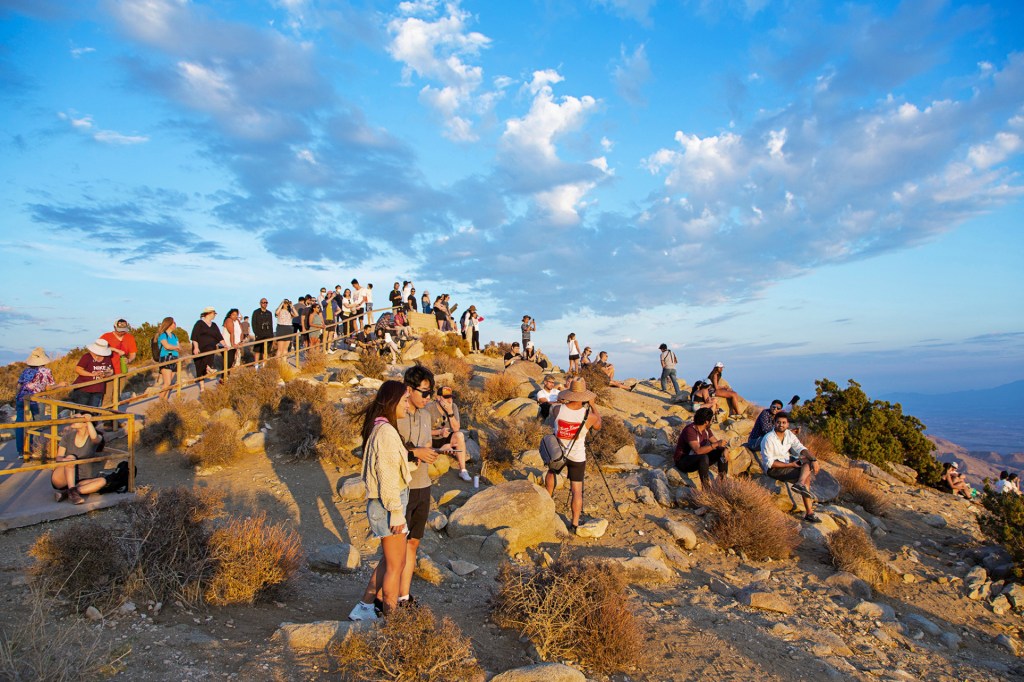
LONG SHADOWS A crowd gathers to watch the sunset at Joshua Tree National Park this summer in California.
BETH COLLER—THE NEW YORK TIMES/REDUXAt Arches, the gate is often closed before 9 a.m. because parking lots are full. Many visitors are not following park guidance on how to protect the land. Last year, a ranger at Zion National Park, in Utah, cleaned up 14 pounds of trash in one small area. He also had to remove graffiti from rocks.
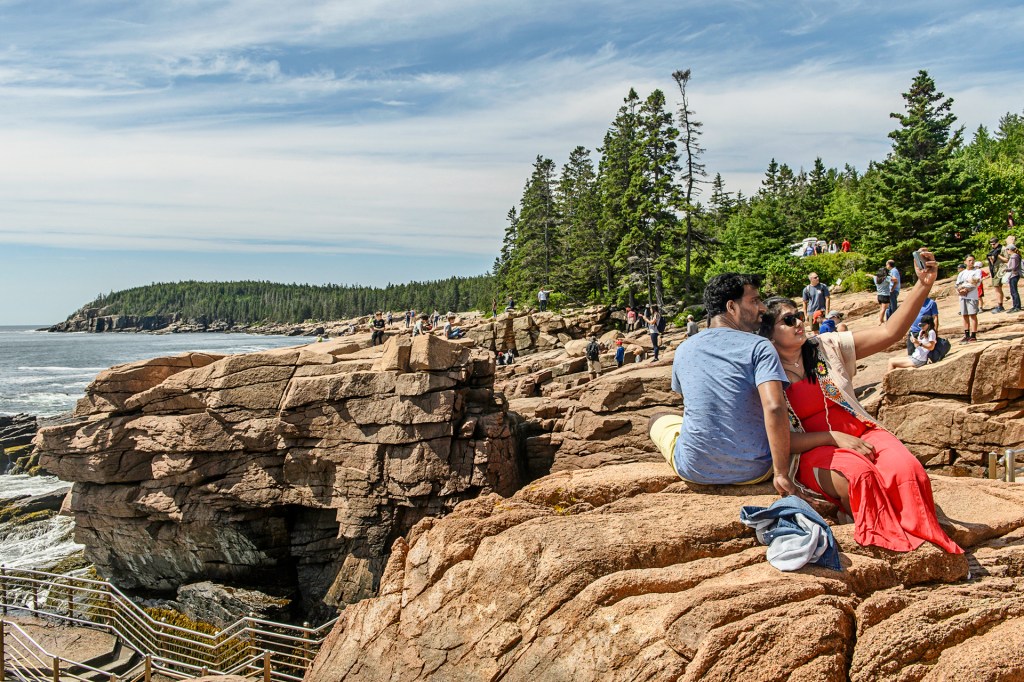
POPULAR SPOT Visitors take a selfie at Acadia National Park, in Maine, on July 5.
STACEY CRAMP—THE NEW YORK TIMES/REDUXSacred cultural sites near parks have been damaged, too. These include petroglyphs, images carved into rocks by Indigenous
Indigenous
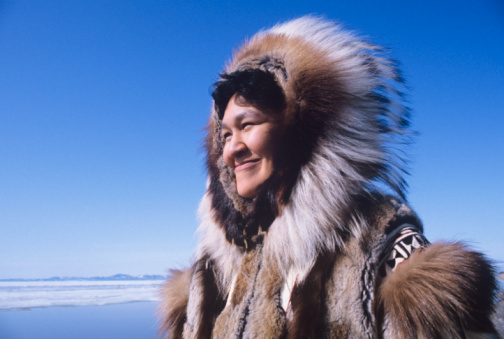 MOODBOARD—GETTY IMAGES
of or relating to the original inhabitants of a place
(adjective)
The Inuit are an Indigenous people inhabiting parts of Canada, Alaska, and Greenland.
people hundreds of years ago.
MOODBOARD—GETTY IMAGES
of or relating to the original inhabitants of a place
(adjective)
The Inuit are an Indigenous people inhabiting parts of Canada, Alaska, and Greenland.
people hundreds of years ago.
Kelli Jones is a ranger at Grand Canyon National Park, in Arizona. She’s Navajo. Jones reminds visitors that the Navajo are one of 11 Native American tribes that call the Grand Canyon home. “The canyon has a cultural connection to the tribes,” she says.
Setting an Example
Increased spending by the U.S. government would help the parks, Frank Jahn says. He’s a park ranger at Glacier. “With funding, we could hire more personnel. Then we’d be able to manage the number of people coming in.”

PARK PATROL Former TFK Kid Reporter Jeremy Liew poses with ranger Frank Jahn at Glacier National Park.
COURTESY JONATHAN LIEWBut money’s not the only thing that will protect our national parks. Visitors share a large part of that responsibility (see “Responsible Tourism”). “One way to respect sacred land is to be a steward
steward
 JESSIE CASSON—GETTY IMAGES
someone who protects or manages land, property, or money
(noun)
You can be a good steward of the environment by learning how to recycle.
,” Jones says. “You should set a positive example for others who visit national parks after you.”
JESSIE CASSON—GETTY IMAGES
someone who protects or manages land, property, or money
(noun)
You can be a good steward of the environment by learning how to recycle.
,” Jones says. “You should set a positive example for others who visit national parks after you.”
Responsible Tourism
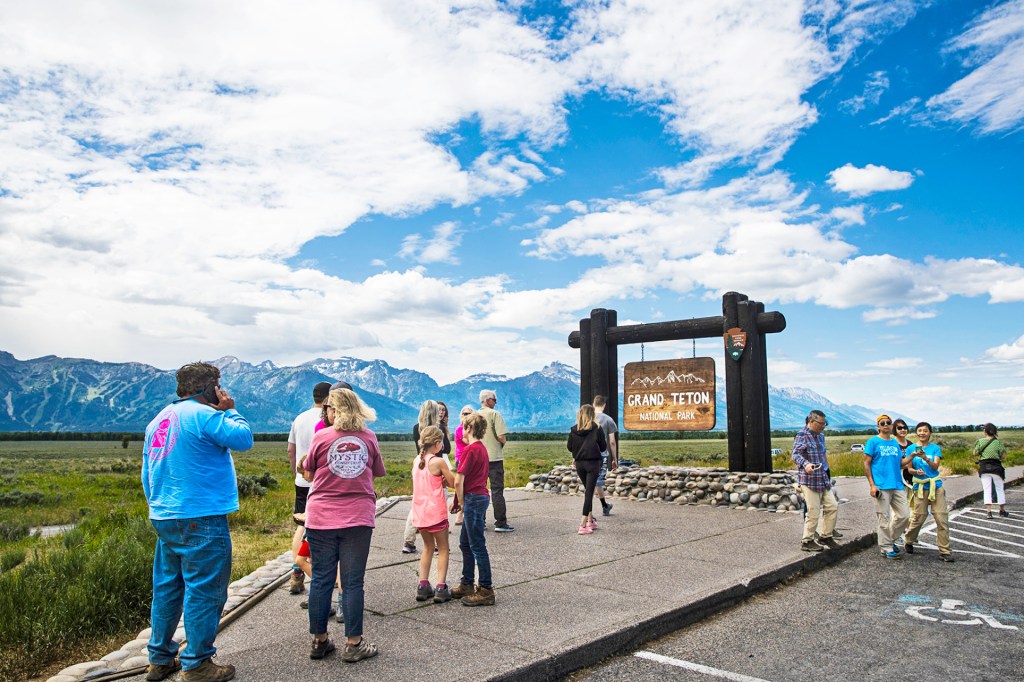
WHAT A SIGHT A sign greets visitors at Grand Teton National Park, in Wyoming.
NEWS PRESS/USA TODAY NETWORK/SIPA USThe National Park Service has a list of seven Leave No Trace principles. Here are five tips. Follow them to protect America’s wilderness.
1. Know the rules for the area you’ll visit.
2. Pack up all trash, leftover food, and litter from campgrounds.
3. Do not follow or approach wildlife.
4. Avoid touching cultural or historic structures.
5. Respect other visitors and protect the quality of their experience.







